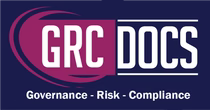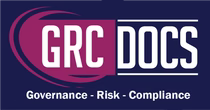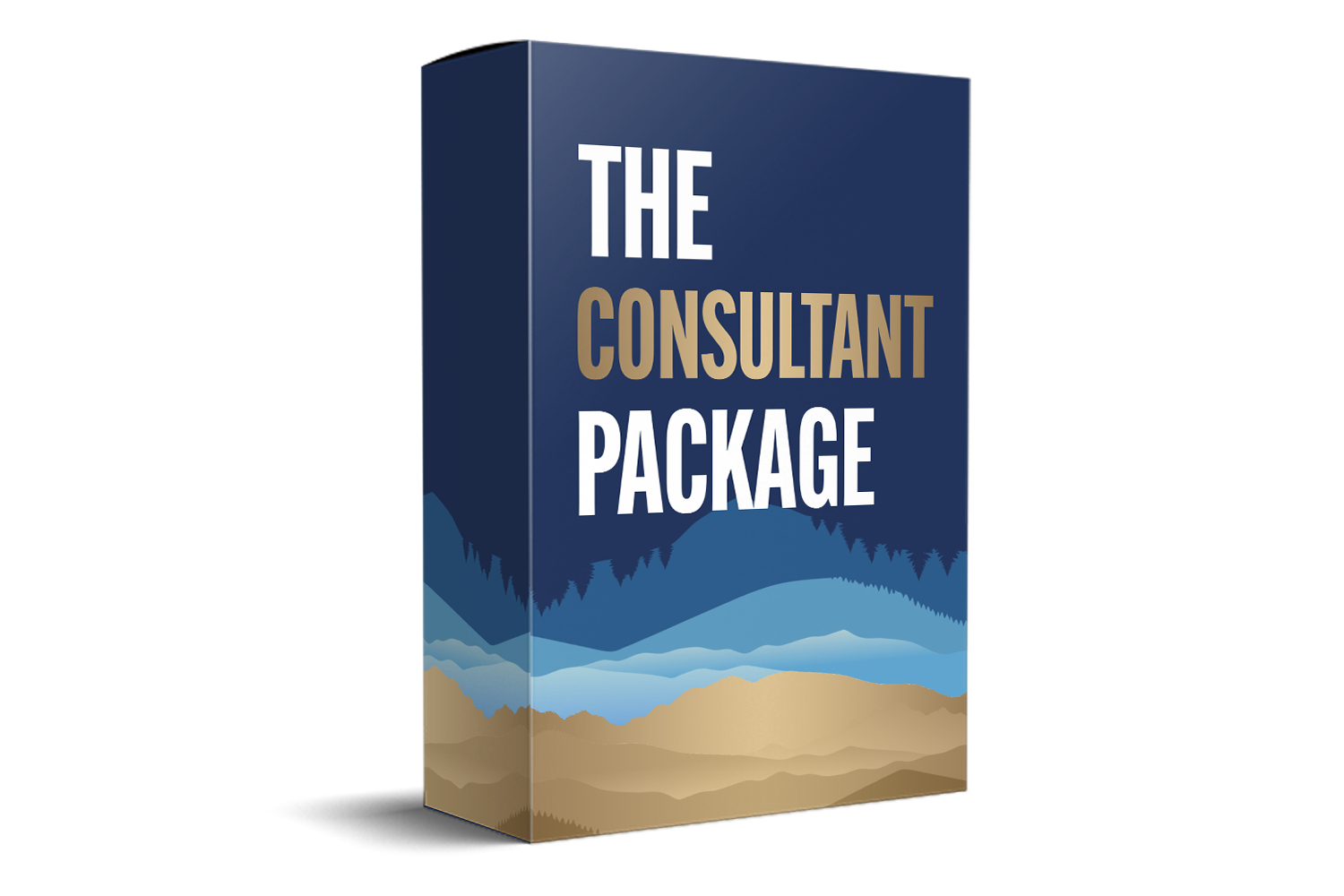SOC2 Supplier Security Policy Template Download
Introduction
Suppliers and third-party partners play an integral role in business operations, but they also introduce potential security risks if not managed properly. The Supplier Security Policy provides a structured framework for ensuring that all supplier engagements are conducted securely, protecting sensitive information, intellectual property, and compliance obligations. It emphasizes screening, agreements, risk assessments, monitoring, and termination procedures, while aligning with Australian and New Zealand laws and international best practices.

Step-by-Step Guide for Using the Supplier Security Policy
Step 1: Define Scope and Applicability
-
-
Apply the policy to suppliers, contractors, consultants, visitors, and third parties who access or manage organizational data or systems.
-
Include suppliers hosting or processing information assets.
-
-
Why it matters: A clear scope ensures that all supplier interactions are governed by consistent security standards.
Step 2: Assign Roles and Responsibilities
-
-
Management: Oversee implementation, allocate resources, and ensure compliance.
-
IT Department: Maintain secure systems, oversee supplier integration, and train employees.
-
Employees: Follow supplier security procedures and report incidents.
-
-
Why it matters: Clear roles guarantee accountability and coordinated security efforts.
Step 3: Implement Supplier Security Practices
-
-
Maintain a complete inventory of supplier-related assets.
-
Manage supplier lifecycle from onboarding to termination.
-
Apply data protection standards in line with privacy laws.
-
Ensure remote supplier services use encryption and secure authentication.
-
-
Why it matters: Supplier security protects both client and organizational data from misuse or exposure.
Step 4: Conduct Supplier Screening
-
-
Maintain a roster of approved suppliers.
-
Perform due diligence during supplier selection.
-
Prioritize high-risk suppliers for more rigorous oversight.
-
Regularly audit suppliers for compliance with contractual security obligations.
-
Involve suppliers in incident response planning and recovery exercises.
-
-
Why it matters: Screening ensures only trusted suppliers with adequate security practices are engaged.
Step 5: Establish Supplier Agreements
-
-
Formalize all relationships with written contracts.
-
Ensure contracts include clauses for information security, confidentiality, and compliance.
-
Require suppliers to sign NDAs before accessing sensitive data.
-
Specify data handling, storage, sanitization, and access processes in agreements.
-
-
Why it matters: Strong agreements reduce ambiguity and enforce accountability.
Step 6: Conduct Supplier Risk Assessments
-
-
Perform ongoing supply-chain risk assessments.
-
Document risks in the organization’s risk register.
-
Classify suppliers by their level of access to critical data and systems.
-
Involve stakeholders in approving supplier risk management strategies.
-
-
Why it matters: Assessments help anticipate vulnerabilities and implement effective mitigation.
Step 7: Enforce Supplier Security Controls
-
-
Verify that suppliers comply with industry standards (e.g., SOC 2, PCI DSS, ISO 27001).
-
Monitor suppliers against security service level agreements (SLAs).
-
Provide supplier-related training to employees.
-
Ensure annual monitoring and compliance checks.
-
-
Why it matters: Security controls keep suppliers accountable and aligned with organizational standards.

Step 8: Manage Supplier Termination
-
-
Follow legal requirements for contract termination.
-
Document and retain termination records.
-
Ensure secure sanitization of data and media before offboarding.
-
-
Why it matters: A controlled termination process prevents data leakage or misuse after relationships end.
Step 9: Apply Risk Management
-
-
Conduct bi-annual risk assessments focused on suppliers.
-
Identify vulnerabilities in data handling and service delivery.
-
Develop tailored risk mitigation strategies.
-
-
Why it matters: Continuous risk management reduces exposure to evolving supply chain threats.
Step 10: Strengthen Security Measures
-
-
Implement firewalls, intrusion detection systems, and periodic security audits.
-
Apply physical security controls for assets managed by suppliers.
-
Ensure compliance with ACSC and NCSC security recommendations.
-
-
Why it matters: Strong security safeguards protect systems against external and internal risks.
Step 11: Enforce Access Controls
-
-
Grant suppliers access strictly on the principle of least privilege.
-
Maintain audit trails for supplier access to sensitive data.
-
Regularly review and adjust supplier permissions.
-
-
Why it matters: Access control prevents unauthorized use of information and maintains accountability.
Step 12: Ensure Compliance with Regulations
-
-
Align with Australian Telecommunications (Interception and Access) Act and New Zealand Telecommunications (Interception Capability and Security) Act.
-
Apply lawful data retention and interception requirements.
-
Train staff on regulatory compliance linked to supplier engagements.
-
-
Why it matters: Compliance ensures legal adherence and protects organizational reputation.
Step 13: Conduct Training, Awareness, and Policy Reviews
-
-
Train employees and stakeholders on supplier security practices.
-
Conduct regular awareness campaigns on risks of weak supplier security.
-
Review and update the Supplier Security Policy annually or after regulatory changes.
-
Document and approve any exceptions at senior management level.
-
-
Why it matters: Training builds awareness, while reviews keep the policy effective and current.
Conclusion
The Supplier Security Policy provides a structured roadmap for managing supplier relationships securely and responsibly. By following these thirteen steps—covering screening, agreements, risk assessments, controls, compliance, and training—organizations can reduce risks, ensure legal alignment, and protect sensitive information. This framework not only enhances supplier accountability but also strengthens organizational resilience. Ultimately, strong supplier security ensures business continuity, regulatory compliance, and trust in third-party partnerships.





